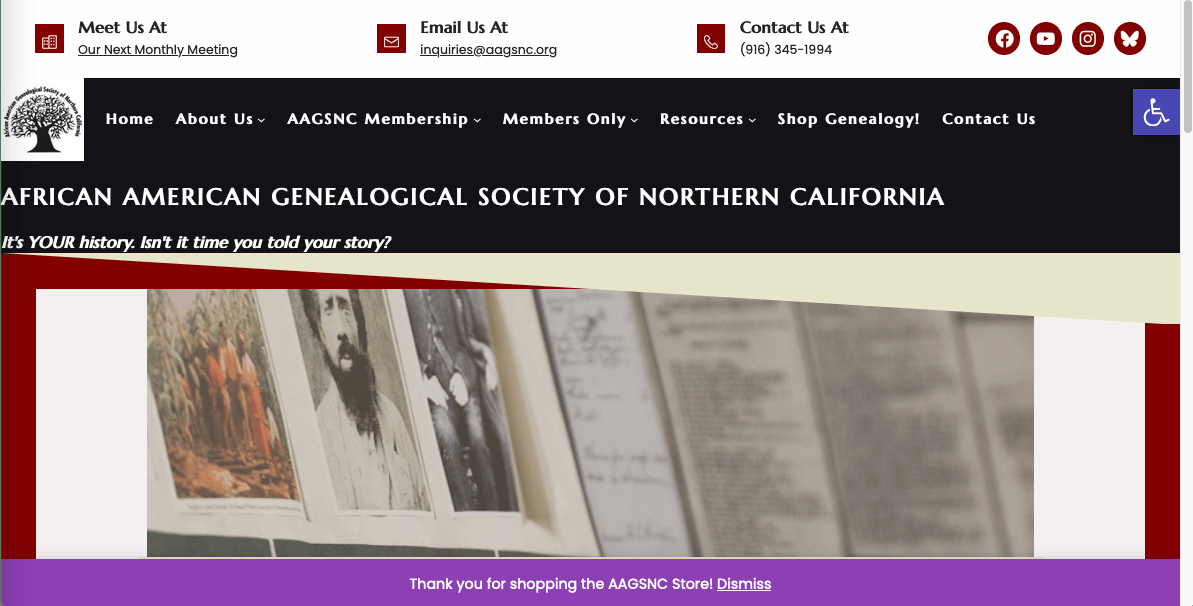I LOVE SOUTH LOUISIANA RECORDS! As many of you who do researching in south Louisiana know there are abundant records available to us genealogists for two reasons. One, the civil law under which the French and Spanish operated was fantastic for us since they recorded all transactions from marriages to conveyances to successions and more. Second, the Catholic church and its penchant for recording vital information about individuals, in many cases even non-Catholics. However, the church’s record keeping went beyond just the vital stats of the individual to include parents, grandparents, aunts, uncles, god parents and more. Both of these methods of recording information about individuals make finding and fleshing out information on ancestors a wonderful experience.
That being said, on June 24, 2011 I drove to the St. Landry parish courthouse in Opelousas, Louisiana. There’s a room in the basement that is officially the marriage document office but the important part is that it houses all of the archived material (fortunately or unfortunately, depending on your perspective, the Successions and Marriages have been digitized and are in the courthouse’s internal database for which you have to pay $1 per page! Ugh!). The Conveyance documents housed in huge, leather bound books are available as well as early mortgages, some land documents and “miscellaneous” documents.
Since I have found a lot of information on my Gaubert/Gobert surname back many generations the next step in my paternal research is to find the ancestors of the women who married the Gaubert/Gobert men. Fortunately, and again thanks to the early record keeping of south Louisiana, married women are referenced by their unmarried surnames so it’s not as difficult in many cases to trace their ancestry.
Prior to this day I started my search at the closest repository which is the Louisiana Room of the New Orleans Public Library. Part of their microfilm collection is Indices of Conveyances 1805 – 1971 of St. Landry parish. I hand copied pages and pages of citations from the hundreds in the indices for numerous family names including Gaubert/Gobert, Prudhomme, Payne/Pain so I could go right to the appropriate tomes in the St. Landry courthouse to find my documents. I had two objectives for this particular search: 1. Find the connection between my great grandmother’s (Merciolaine Prudhomme) grandmother, Eugenie Donato, and the Donato clan of St. Landry parish and 2. See if I could find any clues to the origin of, and get more information on, my great grandmother’s grandfather, William Prud’homme. After arriving at the courthouse on June 24th I found that the conveyance documents had been re-indexed by the archivist there and my notes from the New Orleans Public Library microfilm did not match up. Fortunately for me, the courthouse indices are arranged alphabetically by surname so it was easy to find the new source locations.

To give you perspective, research I’m working on right now is the women who married into my Gaubert/Gobert male line and these female’s ancestry. As I learned shortly after switching my focus from my maternal to paternal line, most of the French Creole descended families in south Louisiana are related to each other. I no longer say “That surname is not in my family.” If I look far and wide enough…it is. My paternal great grandmother was a Prud’homme whose ancestry is Simien, Lede/Leday, Guillory and Donato, which was one of the most prominent families in St. Landry parish in the 18th and early 19th centuries. Since I had my great grandmother’s familial connections to all but the Donato clan I was looking for documentation to support any connection. There is a book written by a very well-known local historian, Keith Fontenot, who is the archivist in the aforementioned Opelousas courthouse archives down in the basement. Along with Carl Brasseaux and Claude Oubre, Keith Fontenot researched documents in these archives and wrote a book called Creoles of Color in the Bayou Country. This book is a key source of family relationships of the fpoc (free people of color) / gdcl (gens de coleur libre), mostly French Creole landowners, militiamen, merchants, slaves, etc. It includes detailed relationships and financial positions of the prominent Creole of Color families. The most prominent family was the Donato Bello family headed by patriarch Martin Donato (Bello), natural son of Italian army officer, Donato Bello, who immigrated to Louisiana from Italy. He moved from New Orleans to St. Landry parish with his white wife and mulatto mistress and all of his children by both women. (Amazing, right?). Martin Donato (who used his father’s first and last names as his last name [Martin Donato Bello] eventually dropped “Bello” from his name) received huge financial support from his father Donato Bello and parlayed it into an even bigger fortune. He was influential among the gens de coleur libre and the French Creoles alike.
My Prudhomme great grandmother was a direct descendent of Eugenie Donato and, although I had this Donato’s name, I had not until this time been able to find the documentation of her relationship to the clan, although there were tantalizing clues in the Brasseaux, Fontenot, Oubre book.
Friday, June 24th proved to be a breakthrough day for me and Eugenie Donato. My Prudhomme research binder and notes were on a table and a young man researching in the courthouse approached me to ask if I was a direct descendant of the Donatos. I told him “not direct” and explained my relationship through my great grandmother. He knew her name because, being a descendent, he is researching the Donato clan and has been for the last two years, driving from Beaumont, TX every couple of weeks to collect documents at the archive. All of a sudden, I was fast tracked in my research of Eugenie Donato! As with many of the families in south Louisiana, the relationships were difficult to unravel because of women having children with multiple partners, no marriage documents (in many cases), some of the women being slaves, naming patterns of everyone having the same name in the same and across generations, etc. The Donato (Bellos) were no different. So, as this young person explained to me, the people I thought were my Eugenie Donato’s parents weren’t. So, that put my thinking in a whole new light. My purpose for visiting the courthouse that day was to look for Prud’homme documents for which I already had citations (love those civil and church recording practices) so I hoped what I would find would support what this young man told me.
Yaaay! And guess what? It’s September and I’m still figuring it out!



Leave a Reply